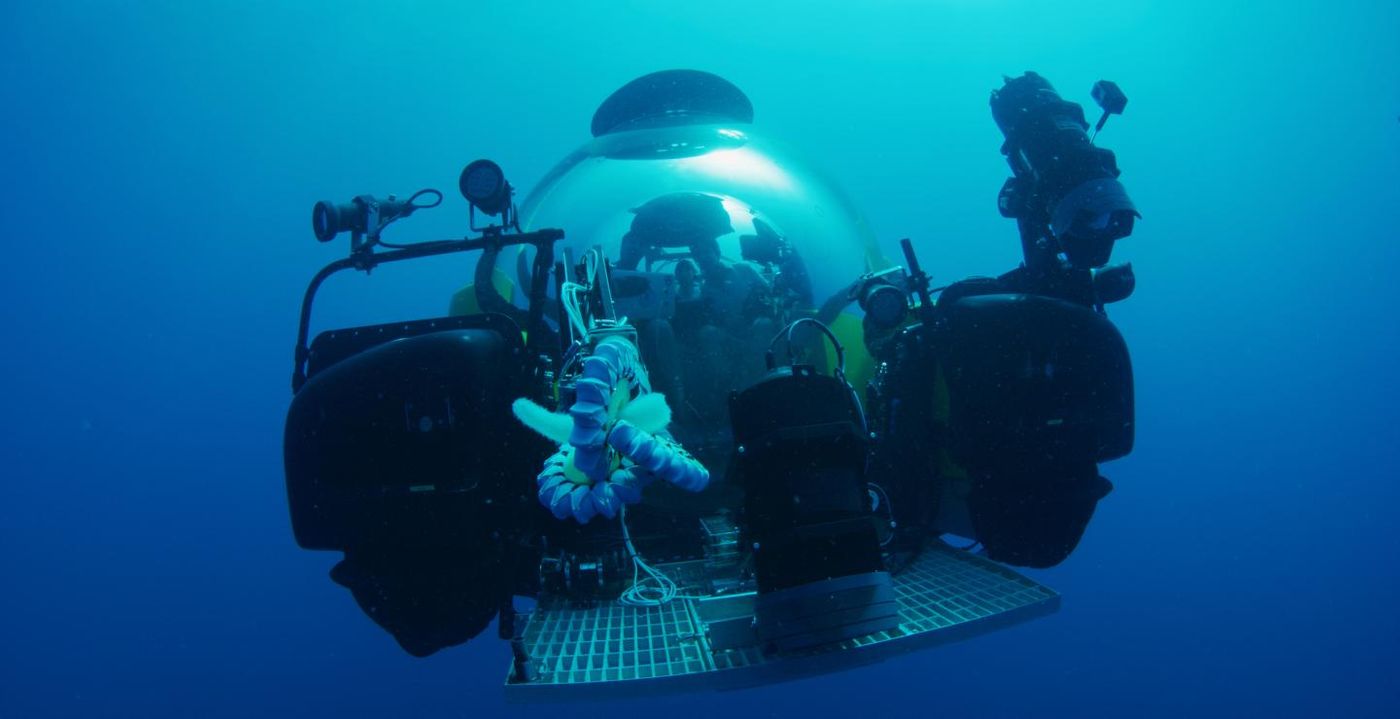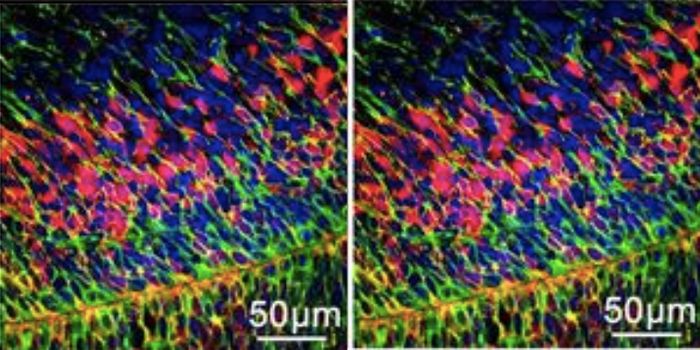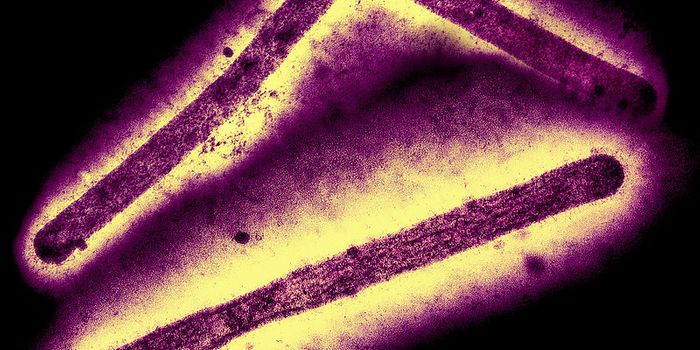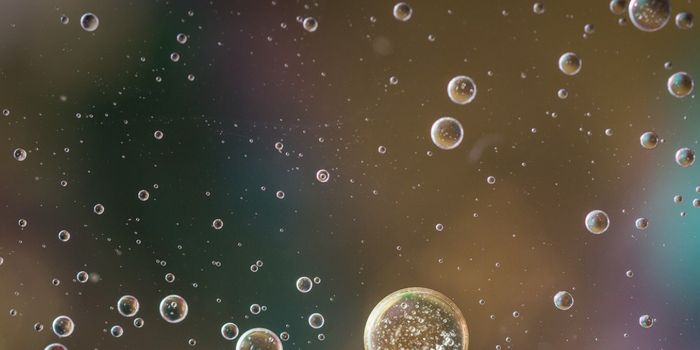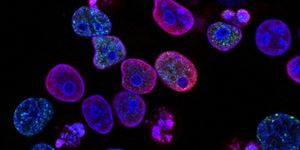The Gene Behind the Glow of the Sea Pickle is ID'ed
Genes that produce glowing proteins are not only important to the animals that carry them; they have also helped to revolutionize biomedical science. By adding bioluminescence to genetically engineered proteins, researchers can watch them in action. A common bioluminescent protein used in research, GFP (green fluorescent protein) comes from a jellyfish called Aequorea Victoria.
Now researchers have suggested that a gene for bioluminescence is what’s giving sea pickles or pyrosomes their blue-green glow. This would be the first bioluminescence gene that has been found in a chordate, which is a group of animals that includes every vertebrate as well as a few types of invertebrate animals including sea squids. This research has been published in Scientific Reports.
"We know that throughout the tree of life, there are many hundreds of organisms that can produce light and that they do it for a variety of reasons," said study co-author Michael Tessler, now an assistant professor at St. Francis College who worked on the study as a postdoctoral researcher at the American Museum of Natural History. "Our work suggests that there is a common gene shared among at least some animals that, with a few small changes, could be responsible for this bioluminescence. A baseline gene like this could help explain how many of these very different organisms, like a brittle star and the sea pickle, ended up with the same ability to glow."
In 2017, study co-author David Gruber, a Presidential Professor at Baruch College and AMNH researcher, was trying out a new tool that was attached to a submersible, in order to collect delicate creatures from the sea. Scientists including Gruber gathered a group of sausage-sized pyrosomes (Pyrosoma atlanticum).
Hundreds of tiny animals, each called a zooid, composes these colonies, which have a heart, brain, and the ability to move, eat and breathe. Light triggers these gelatinous masses to emit bioluminescence. We still have a lot to learn about these fascinating creatures.
"Understanding the biochemical pathway for pyrosome bioluminescence is of particular interest because as a chordate, these animals are much more closely related to vertebrates and to us as humans than many of the more traditional bioluminescent creatures that might come to mind, things like jellyfish or fireflies," Gruber said.
In many bioluminescent animals, a chemical reaction happens inside of pyrosomes in which a type of gene called a luciferase mixes with its substrate, called a luciferin, and that produces light. In this work, the scientists found that when a common luciferin called coelenterazine mixes with Pyrosoma atlanticum, bioluminescence is generated.
After sequencing RNA from these pyrosomes and other specimens, the researchers identified a gene in these pyrosomes that matches with a well-known type of luciferase. After expressing this novel luciferin gene in a bacteria model and adding coelenterazine, light was emitted, indicating that the gene can produce the signal.
"Being a part of this study felt like being a part of a century-old mystery novel as to how the pyrosome glows in the dark," said study co-author Jean Gaffney, an assistant professor at Baruch College. "I have never worked with a species that was seemingly so alien, but as a chordate is strikingly similar to us."
A gene similar to this new one was recently identified in a glowing brittle star, suggesting that a common gene gave rise to these newly discovered ones.
"This study advances the debate about pyrosome bioluminescence," Tessler said. "We provide justification for the idea that this animal produces its own light and it might be able to do so because of a pattern of evolution that as repeated throughout the animal tree of life."
Sources: AAAS/Eurekalert! via American Museum of Natural History, Scientific Reports

